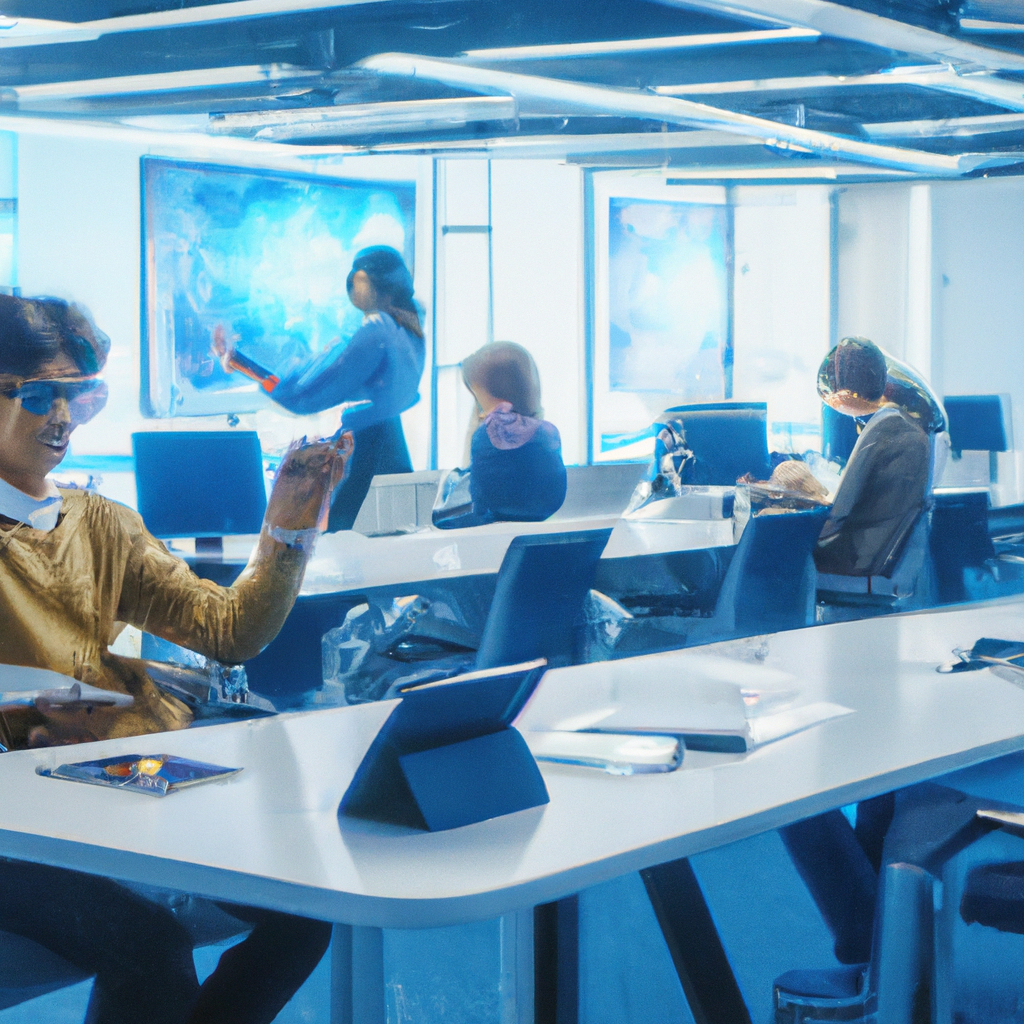Unlocking Productivity: Top Strategies for Effective Learning in 2025
As we move deeper into the decade, the landscape of learning and productivity continues to evolve. With new technologies and methodologies emerging, individuals and organizations are finding innovative ways to enhance their learning curves and productivity levels. This blog post explores some of the most effective strategies for learning and productivity that are expected to dominate in 2025.
Embracing Technology-Enhanced Learning
In 2025, technology continues to play a crucial role in learning environments. From virtual reality (VR) setups that simulate real-life scenarios to AI-driven platforms that provide personalized learning experiences, technology is at the forefront of educational innovation. Leveraging these tools can dramatically increase engagement and retention rates.
Implementing Agile Learning Frameworks
Agile learning frameworks, which emphasize flexibility and adaptability, are becoming increasingly popular. These frameworks encourage learners to adopt a mindset that is open to change and quick to adapt, aligning well with the fast-paced nature of modern industries.
Fostering a Culture of Continuous Improvement
Continuous improvement is a key component of both learning and productivity. This approach not only enhances skills but also ensures that processes are constantly evolving to become more efficient. Encouraging a culture where feedback is valued and acted upon can lead to significant improvements in performance and outcomes.
Optimizing for Peak Mental Performance
Understanding and managing cognitive loads can greatly enhance learning efficiency. Techniques such as spaced repetition, interleaving, and reflective learning are crucial in this respect. Additionally, maintaining physical health through regular exercise and proper nutrition also plays a vital role in mental performance.
Conclusion
The strategies discussed here provide a roadmap for enhancing both individual and organizational productivity through effective learning. As we look towards the future, it’s clear that those who adapt and integrate these approaches will lead the way in their respective fields.






